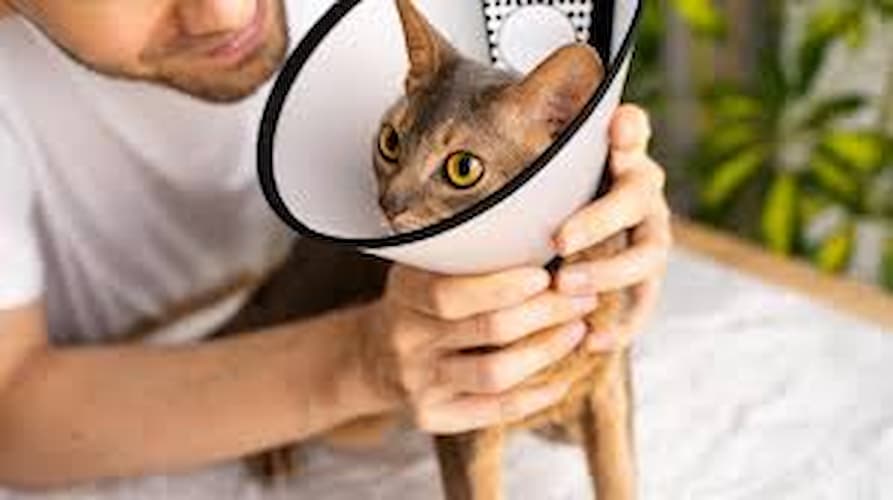Caring for an open wound on a cat requires prompt attention and proper technique to prevent infection and promote healing. Here’s a step-by-step guide to help you effectively treat your cat’s wound.
Assessing the Wound
- Stop the Bleeding: Apply direct pressure to the wound using a clean cloth or sterile gauze. If the wound is on a limb, elevate it above the heart to reduce blood flow2.
- Clean the Wound: Gently clean the wound with a mild antiseptic solution or saline solution. Avoid using hydrogen peroxide or alcohol as they can irritate the skin3.
- Trim the Fur: If the wound is in a furry area, carefully trim the hair around it to prevent contamination. Use scissors, being cautious not to cut the skin3.
Treating the Wound
- Apply an Antibiotic Ointment: Once the wound is clean, apply a thin layer of antibiotic ointment to prevent infection and promote healing. Ensure the ointment is safe for cats3.
- Bandage the Wound: If the wound is large or in an area that your cat can easily reach, consider bandaging it to prevent licking and further injury3. Change the bandage daily or as instructed by your veterinarian.
- Use a Protective Collar: To prevent your cat from licking or biting the wound, use an Elizabethan collar (cone) or a similar protective device.
Monitoring and Follow-Up

- Keep an Eye on the Wound: Regularly check the wound for signs of infection, such as redness, swelling, discharge, or an unpleasant odor. If you notice any of these signs, consult your veterinarian.
- Follow Up with Your Veterinarian: Schedule a follow-up appointment with your veterinarian to ensure the wound is healing properly. They may recommend additional treatments or adjustments to your care routine.
Tips for Healing an Open Wound on a Cat
- Keep the Wound Clean: Clean the wound two to three times daily with a mild antiseptic solution or warm water.
- Avoid Using Harmful Substances: Do not use soaps, shampoos, rubbing alcohol, hydrogen peroxide, or herbal preparations unless specifically instructed by your veterinarian.
- Provide a Comfortable Environment: Ensure your cat has a clean, quiet place to rest and heal. Minimize stress and limit their activity as needed.
Conclusion
Properly caring for an open wound on a cat is crucial for preventing infection and promoting healing. By following these steps and tips, you can help your furry friend recover quickly and comfortably. Always consult your veterinarian for personalized advice and treatment options.